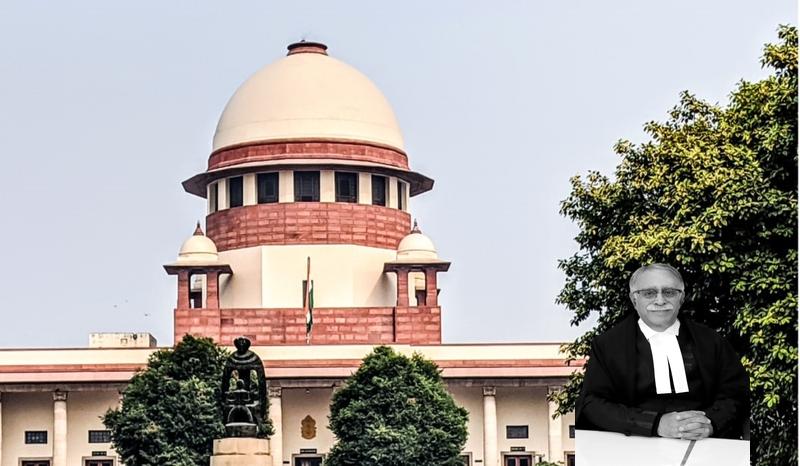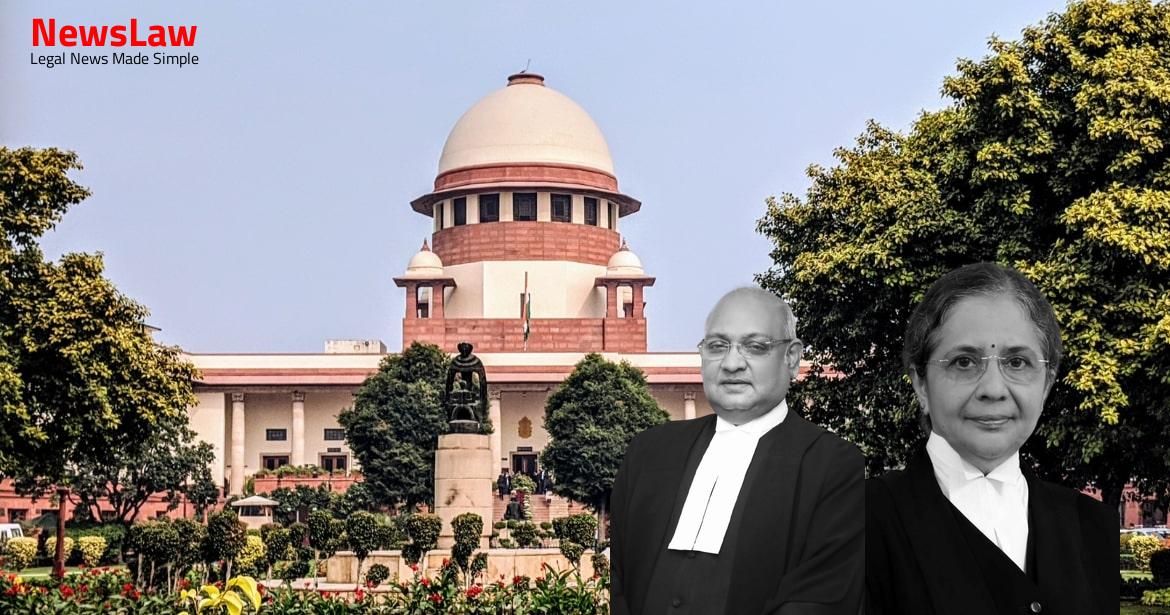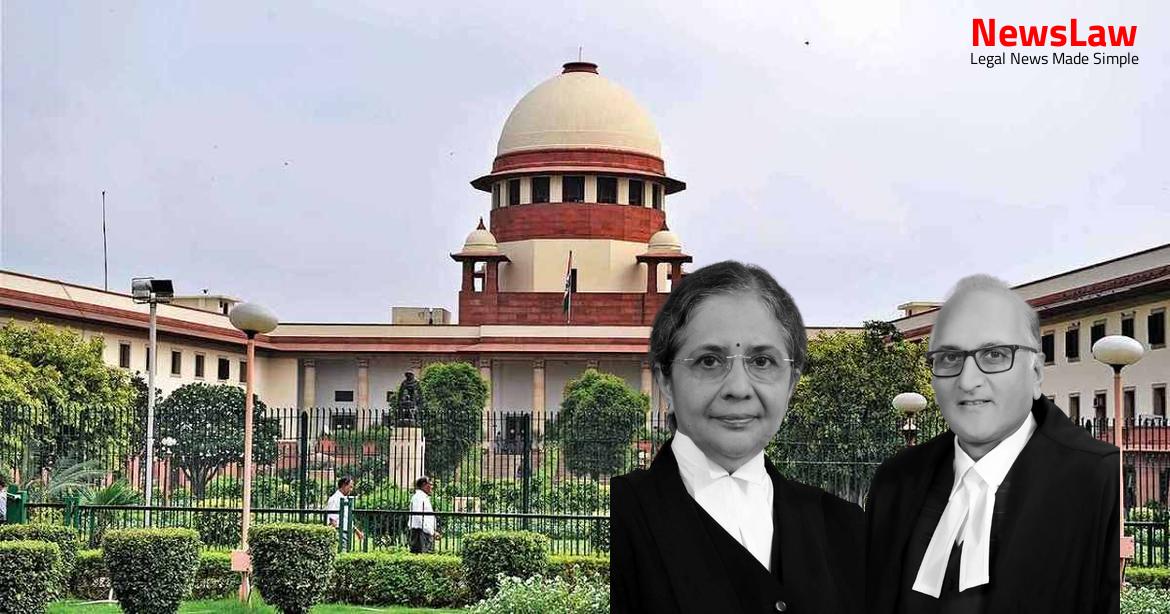2 The prosecution case, in a nutshell, is that Mohan – the husband of Accused No 2 and brother of the Appellant was killed by the deceased; and as its offshoot, on 21 October, 2009 at about 12.00 a.m., the Appellant committed the murder of the deceased by causing 24 stab wounds on his body.
Also Read: https://newslaw.in/case-type/civil/striking-down-of-clause-4-9-in-appointment-guidelines/
He then wrapped the body in a blanket with the help of other accused persons, took it behind the Baba Balak Nath temple near Shastri Nagar ground where the half- burnt body of the deceased was found in the following afternoon. The prosecution further proved that the accused persons committed criminal conspiracy to destroy the evidence, and threw the body of the deceased after burning the same behind the Baba Balak Nath temple.
Thus, the Trial Judge convicted the Appellant for offences punishable under Sections 302 and 201 read with 120B of the Indian Penal Code, 1860 (“IPC” for short) and was awarded a maximum sentence of life imprisonment; whereas Accused Nos.
On the contrary, Shri Sumeer Sodhi submitted that both the Trial Judge and the High Court, upon correct appreciation of evidence, have found the accused-appellant guilty of the charges 6 levelled against him. Before discussing the cases relied upon by the High Court we would like to cite a few decisions on the nature, character and essential proof required in a criminal case which rests on circumstantial evidence alone.
Also Read: https://newslaw.in/case-type/criminal/quashing-of-proceedings-in-criminal-case-no-542-of-2020/
has laid down in Hanumant case [(1952) 2 SCC 71 : AIR 1952 SC 343 : 1952 SCR 1091 : 1953 Cri LJ 129] : “It is well to remember that in cases where the evidence is of a circumstantial nature, the circumstances from which the conclusion of guilt is to be drawn should in the first instance be fully established, and all the facts so established should be consistent only with the hypothesis of the guilt of the accused.
A close analysis of this decision would show that the following conditions must be fulfilled before a case against an accused can be said to be fully established: ( 1 ) the circumstances from which the conclusion of guilt is to be drawn should be fully established. 1047] “Certainly, it is a primary principle that the accused must be and not merely may be guilty before a court can convict and the mental distance between ‘may be’ and ‘must be’ is long and divides vague conjectures from sure conclusions.”
( 2 ) the facts so established should be consistent only with the hypothesis of the guilt of the accused, that is to say, they should not be explainable on any other hypothesis except that the accused is guilty, ( 3 ) the circumstances should be of a conclusive nature and tendency, ( 4 ) they should exclude every possible hypothesis except the one to be proved, and ( 5 ) there must be a chain of evidence so complete as not to leave any reasonable ground for the conclusion consistent with the innocence of the accused and must show that in all human probability the act must have been done by the accused.
It has been held that the facts so established should be consistent only with the guilt of the accused, that is to say, they should not be explainable on any other hypothesis except that the accused is guilty. On a perusal of the judgment of the Trial Judge as well of the High Court, it would reveal that the main circumstance on which the High Court and the Trial Judge found the appellant guilty of the crime is the recovery of various articles at his instance.
Also Read: https://newslaw.in/case-type/criminal/abuse-of-process-of-law-a-case-of-delayed-fir-filing/
It is the prosecution case that, on the date of the offence, deceased Shiva was working in a hotel owned by the sister-in-law of the 11 appellant.
Undisputedly, the dead body was found much prior to the recording of the Memorandum of the appellant under Section 27 of the Evidence Act. However, the FSL report does not show that the blood found on the dagger was of the blood group of the deceased. Thus, we find that only on the basis of sole circumstance of recovery of blood-stained weapon, it cannot be said that the prosecution has discharged its burden of proving the case beyond reasonable doubt.
is concerned, we find that the High Court has failed to appreciate the basic principle that it is only after the prosecution discharges its duty of proving the case beyond all reasonable doubt that the false explanation or non-explanation of the accused could be taken into consideration. The appellant is directed to be released forthwith, if not required in any other case.
Case Title: RAJA NAYKAR, Vs. STATE OF CHATTISGARH, (2024 INSC 56)
Case Number: Crl.A. No.-000902-000902 / 2023



